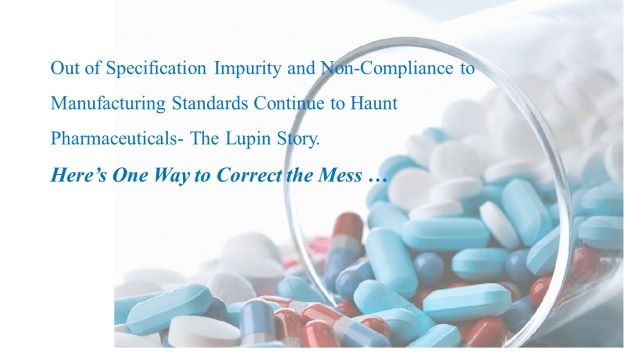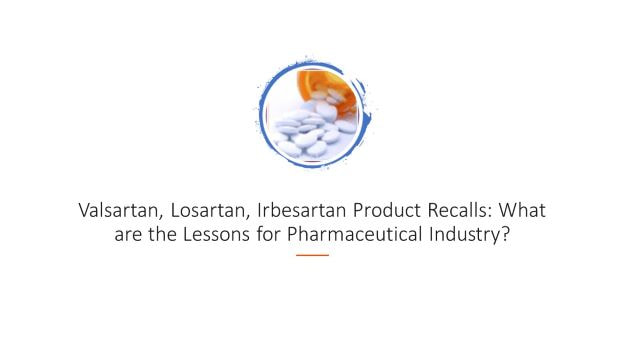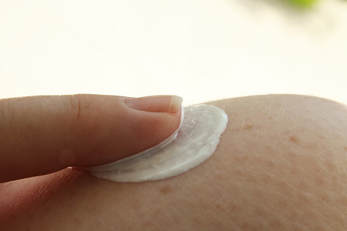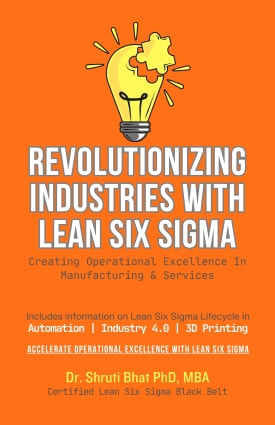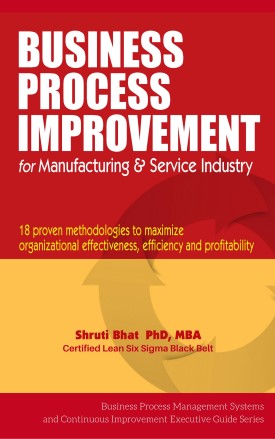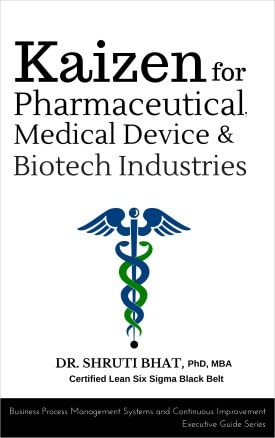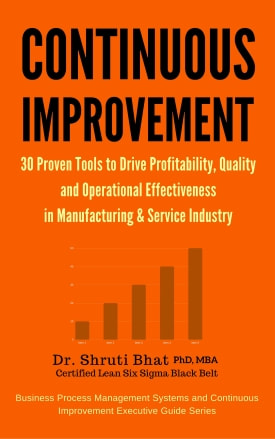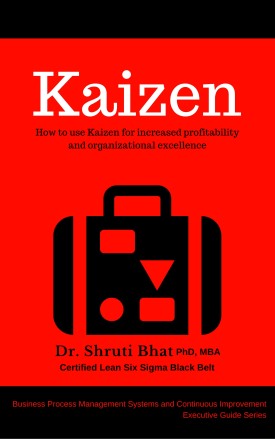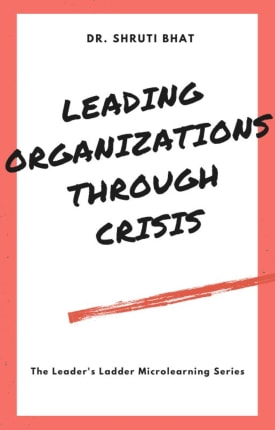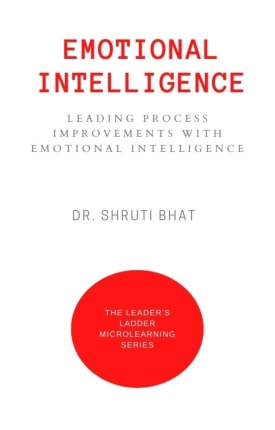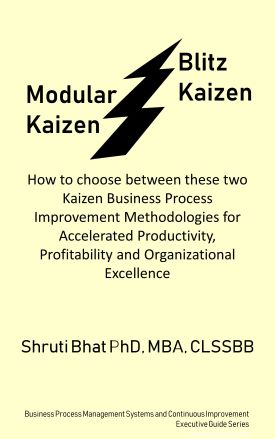In a recent inspection report dated January 25, 2019, the regulator cited the company for failing to thoroughly review unexplained deficiencies in batches of medicines and not taking ‘scientifically sound’ steps to evaluate samples.
Few other deficiencies include- OOS (out of specification) investigations not handled correctly, impurity levels in products exceed specification limits and detailed health hazard assessment for the presence of this impurity was not conducted as needed.
Further remarks include- failure to re-train analysts who were involved in the purported mis-identification of product impurity, CAPA (Corrective Actions Preventive Actions) not designed and implemented correctly, insufficient investigation of customer complaints.
Other observations include- Appropriate controls were not exercised over computers or related systems to assure that changes in master production and control records or other records are instructed only by authorized personnel; Equipment used in the manufacturing, processing, packaging or holding of drug products is not of appropriate design to facilitate operations for its intended use; Established lab control mechanisms are not documented at the time of performance, and a lack of oversight and training.
Related reading:
- Valsartan, Irbesartan, Losartan Product Recalls- What are the Lessons for Pharmaceutical Industry?
- Mistake-Proofing Pharmaceutical Products: What can we learn from Valsartan, Losartan and Irbesartan recalls?
- Mistake-Proofing Pharmaceutical Product Development, Manufacturing and Logistics, Cost Savings via Poka Yoke.
Ideally, pharma companies must structure a dedicated Continuous Improvement lead and team within its organogram. |
Kaizen can be an excellent start to sort out this mess. |
How to Employ Kaizen in Pharmaceutical Operations?
Gemba Kaizen is a method of continuous improvement that involves real time action. It is commonly used to add valuable activities to an organization, which help to add to the quality of customer satisfaction. When a problem arises, Gemba Kaizen pinpoints the issue as promptly as possible. The solution to the problem is then used to deal with the same problem, if it should reoccur, but ideally stops the problem from reoccurring in the first place.
This method also implements ideas used in lean manufacturing, which help to reduce waste and unnecessary procedures.
One of the main goals of Gemba Kaizen is to eliminate anything that is not valuable, or adds value, to an organization, whether it is systems, procedures, employees, business verticals, machinery, facility and others.
| |
Kaizen Case Studies:
- Reduced Variations in Eye Drop Dosage; a Continuous Improvement Case Study: Kaizen in Pharmaceutical Product Development
- Kaizen Improved Patenting and Patent Filing Process ~ 20% drop in Patenting Cost; a Continuous Improvement Case Study
- How to Speed-up Pharmaceutical Generic Product Development?: Continuous Improvement Case Study

